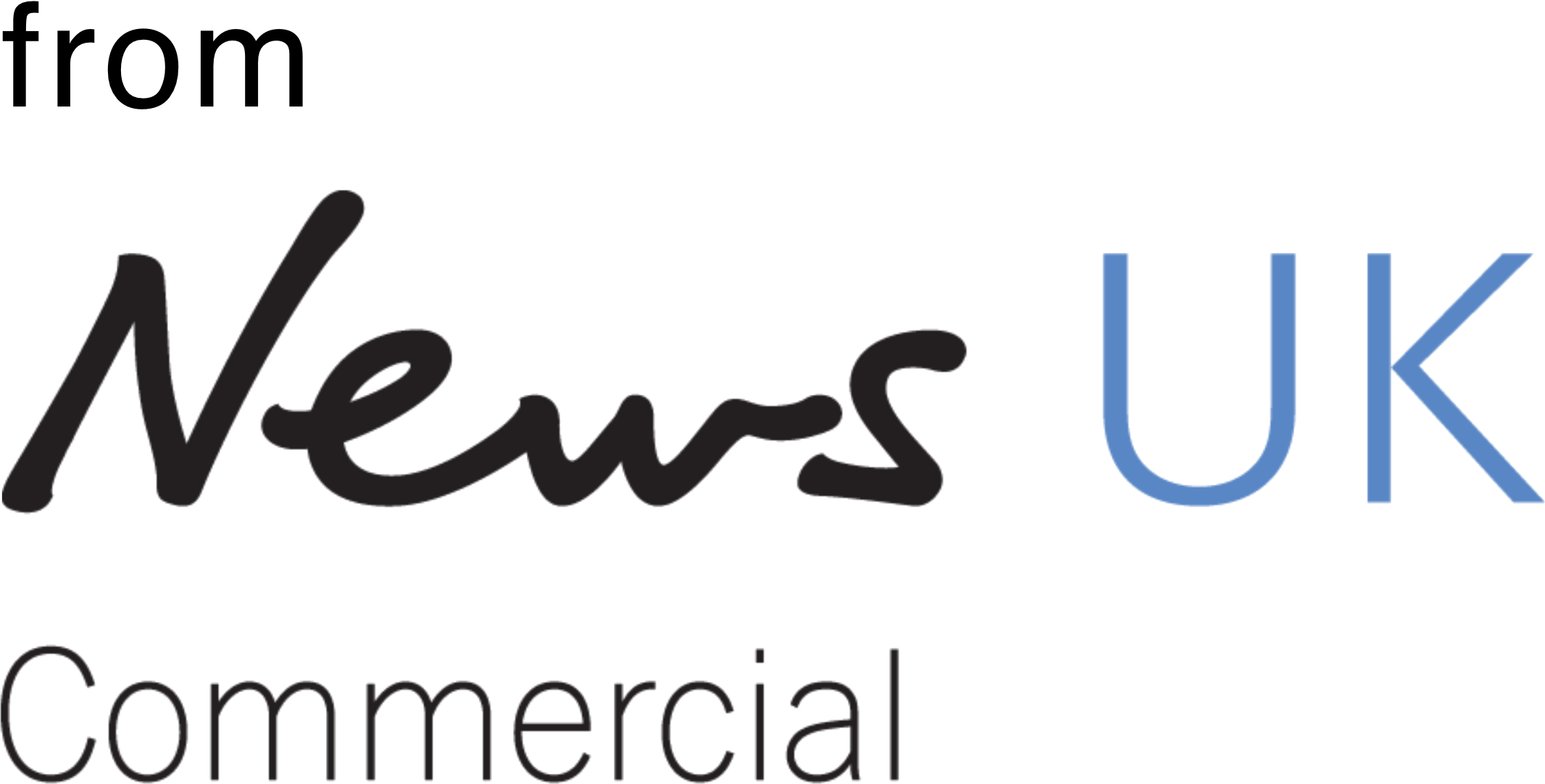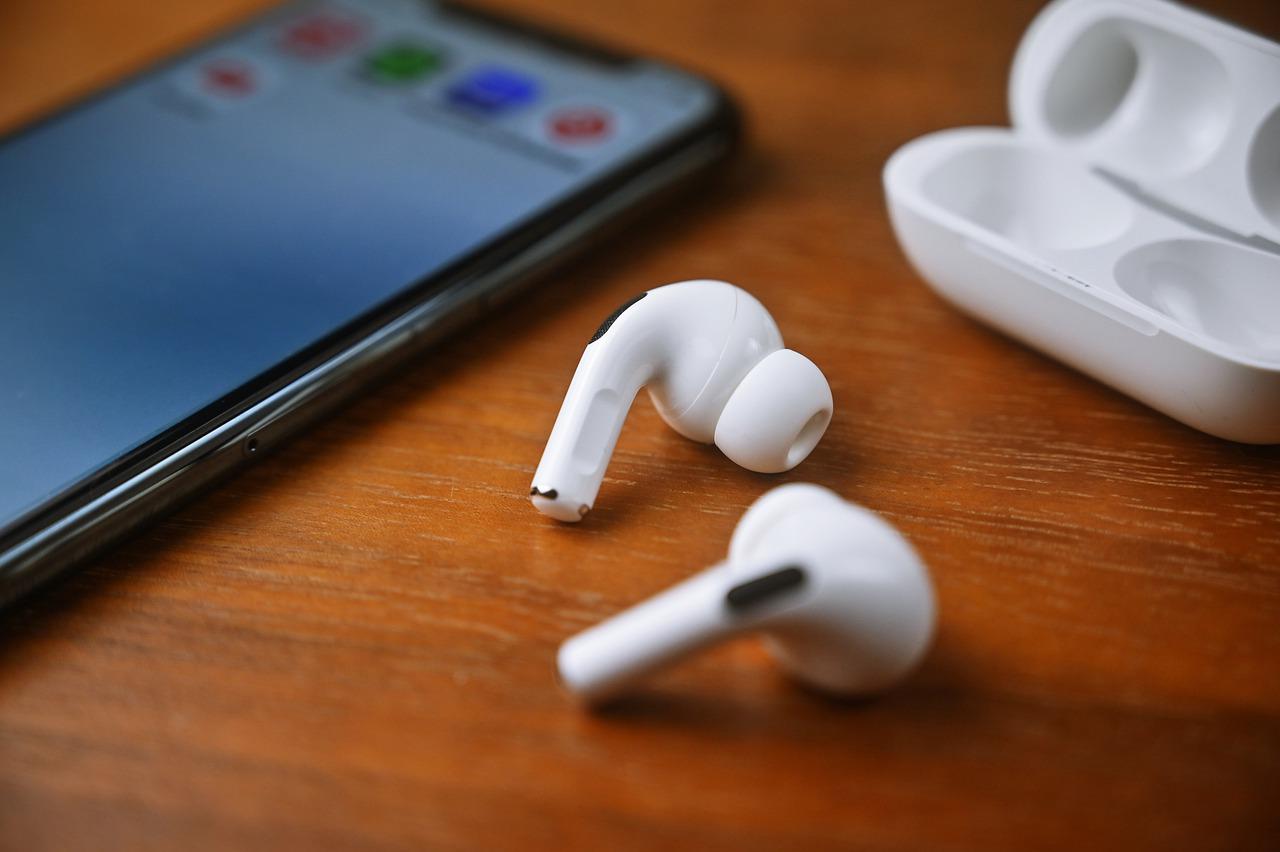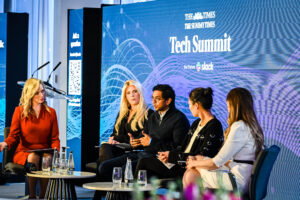Consumers are tuning in to digital audio in their droves. So why aren't advertisers following them?
- Connected channels like smart speaker, web and mobile now account for 26% of all UK radio listening hours, according to RAJAR.
- But, while a record £718.7 million was spent on UK radio ads in 2021, according to Radiocentre, only a tenth of it (£71.3 million) went to online channels.
- Despite growing 58% last year, digital audio advertising, comprising podcasts and streaming, makes up less than 1% of total UK digital ad spend, according to IAB UK's 2021 data, lagging markets like Sweden.
However you slice the numbers, they add up to one thing - advertisers are missing out on the audience and the capabilities afforded by online audio.
Audio's new tricks
When you are busy using a familiar playbook for a traditional medium whose effectiveness does not appear to diminish, it can be easy to miss the speed with which consumers are adopting the new listening modes, and their radical advantages.
Mobile phone and smart speaker are now the #3 and #4 ways to listen to live radio in the UK, according to Ofcom. The ability to use data in these channels opens up a world of targeting opportunities.
- Targeting: Brands can segment and target audiences based on demographic, behavioural characteristics and context. Location, weather and interests can inform the creative messaging served. Octave, for example, helps advertisers use first-party publisher data from News UK and Bauer properties to reach their desired audience in audio environments.
- Control: Direct or programmatic buying opportunities offer more control over impressions bought, opening up many of the benefits already enjoyed in the more established digital display market.
- Creative: Digital audio presents a unique opportunity to enhance your desired audience's listening experience through dynamic creative, 3D audio and setups like sequential ads, to tell a story over time.
- Actionable: The digital audio space is also presenting unique opportunities to track campaigns through actionable audio capabilities, driven by the likes of Say it Now, a smart speaker chatbot builder.
- Attention: Digital audio also offers brands a unique chance to stand out from the world of social media scrolling and cluttered website display ad experiences. For example, 94% of podcast listening is done alone - your ad can own that one-to-one user attention, fully integrated into the content and conversation itself.
Adoption challenges
If the new audio landscape offers so many appealing new capabilities, why isn't spending yet surging? Here are three reasons:
- Education: As publishers, we need to do more to help agencies and planning teams, who sit so close to clients, fully understand where digital audio sits on their brand's plan.
- Price shock: Digital audio ads offer a rich toolset. When AV buyers are presented with a streaming audio CPM that is correspondingly higher than traditional radio, we need to make the net benefits crystal clear.
- Agency structure: Since moving into my role in January, it has been fascinating talking with industry contacts in AV, digital, partnerships and planning about who exactly has buying responsibility for these new channels. Like digital video previously, in digital audio that responsibility differs by agency. This can make it challenging for some publishers who had traditionally sold their radio ads through AV teams and now need to establish themselves with other teams.
Press 'play'
The historic lag between time-spent and media spend has been solved in video and mobile, as those channels eventually matured and caught-up. In digital audio, the same disconnect must not be allowed to persist any longer.
We now need to see brand count growing at the same rate as audience adoption.
Advertisers that are not getting heard in these new devices risk missing out on a young, premium and seriously engaged audience.
Those which come aboard earlier, however, will benefit from an uncluttered space and will help to shape the digital audio market.
When brands do lean in, they often want to turn up the volume.
For example, Sky's Now TV service has been buying sponsorships in talkSPORT podcasts to target a younger, busy, male sports audience. However, as Sky's understanding of the platform and its tech-savvy ABC1 audience has grown, it has begun activating its main Sky brand there, too.
As the audience grows, so, too, will the number of impressions. The faster brands adopt in-stream buying, the higher the fill rate will be - another factor which has posed a challenge.
Planning for audio
Smart, online audio ads don't have to be substitutive - buyers don't have to abandon traditional radio. Rather, these are complementary channels.
Digital can make radio creative work as hard as possible by hitting a precise audience. Podcasts are a brilliant brand-building tool, while radio is well known as one of the most efficient ROI channels. It all comes down to knowing which option to use and when.
Agency planners and AV buyers might use tools such as Touchpoints or Telmar to understand what percentage of their budget to align to digital audio - but I believe it's not as simple as that. The creative message, desired campaign outcome and ideal contextual environment should all come into the equation.
Brands must also consider what role digital audio can play within their digital mix, not just their audio plan - after all, many radio stations and podcasts will move into the video space through live streaming and on social platforms.
Fast-forward the future
Digital audio is one of the most exciting markets to watch in the next few years.
At Wireless' talkSPORT, 21% of the total audience already listens exclusively through web, app and smart speaker. I am fascinated to see where this number goes.
And I am already excited by advertising technology developments including first-party data integration, voice activation through mobile devices, interactivity through gestures like device shaking and more.
The market as a whole must protect the listener experience while ensuring ad products deliver for clients.
We need more agencies, clients and creative houses to invest for the greater benefit of all.
That will be music to my ears.






